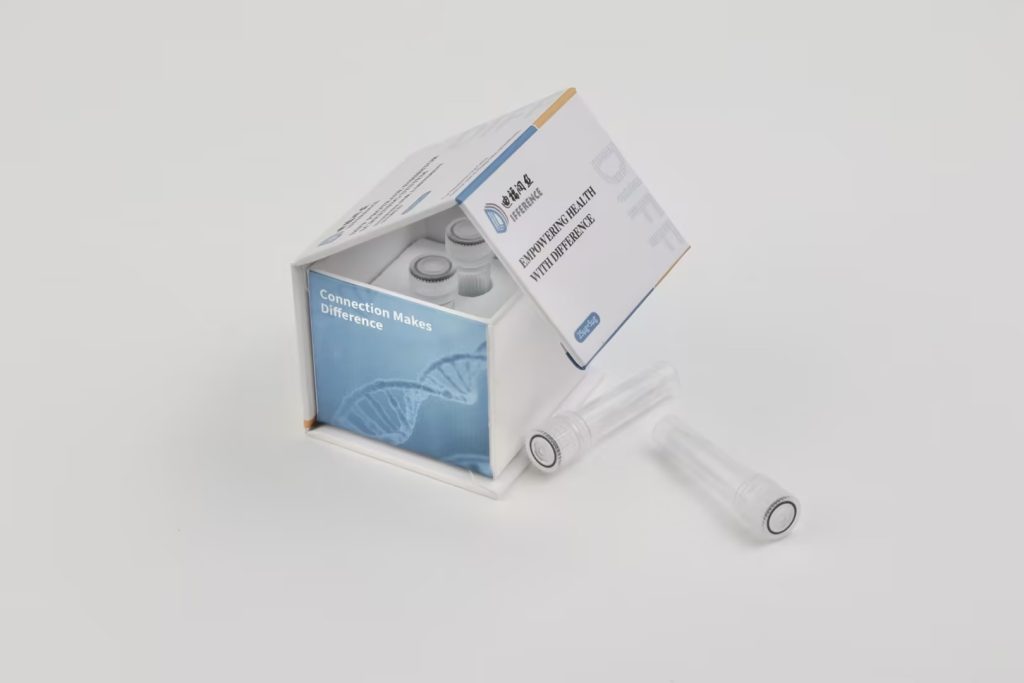Antiviral drug screening is a complex and systematic process aimed at discovering compounds with antiviral activity, providing a foundation for drug development. The following are seven key steps in antiviral drug screening:
1. Determine the screening target and virus model
Screening objective: Based on the severity of the disease, the characteristics of the virus, and market demand, identify the types of antiviral drugs that need to be screened and their expected targets of action.
Virus model: Choose a suitable virus model, which can be human virus, animal virus, or plant virus, and ensure that the model can truly reflect the biological characteristics and pathogenic mechanisms of the virus.
2. Sample preparation and compound library construction
Sample source: Select samples from natural product and synthetic compound libraries, or modify the structure of known drugs to obtain potential phenological candidates for antiviral drugs.
Compound library construction: Construct a compound library containing diverse chemical structures to ensure comprehensive and effective screening.
3. Establishment and optimization of screening models
Cell culture: Select a suitable host cell line based on the target virus and perform cell culture to ensure that the cells are in a good growth state.
Virus infection model: Inoculate the virus into host cells to establish a stable virus infection model for subsequent drug screening.
4. Initial screening and re screening
Initial screening: Using high-throughput screening technology, preliminary screening of compounds in the compound library is carried out to quickly identify candidate drugs with potential antiviral activity.
Re screening: Further validate and screen the candidate drugs in the initial screening results, eliminate false positive results, and ensure the accuracy of the screening results.
5. Pharmacodynamic evaluation
Antiviral activity assay: Evaluate the antiviral activity of candidate drugs using appropriate methods such as virus titer assay, PCR detection, etc.
Mechanism of action research: Study the effects of candidate drugs on different stages of the virus replication cycle and clarify their mechanism of action.
6. Safety and toxicity assessment
Cytotoxicity testing: Evaluating the toxic effects of candidate drugs on host cells to ensure that they effectively inhibit the virus without causing significant damage to the host cells.
Animal experiments: Conduct safety assessments in animal models, observe the metabolism, distribution, and excretion of candidate drugs in vivo, as well as their effects on animal physiological indicators.
7. Clinical research and application prospect evaluation
Clinical trial design: Based on previous research results, design a reasonable clinical trial plan to evaluate the safety and efficacy of candidate drugs in the human body.
Application prospect evaluation: Based on clinical trial results and market demand, evaluate the commercial application prospects and potential market value of candidate drugs.
The above seven steps together constitute the complete process of antiviral drug screening. It should be noted that in the actual operation process, it may be necessary to make appropriate adjustments and optimizations to the process according to specific circumstances. Meanwhile, with the continuous development of science and technology, new screening techniques and methods continue to emerge, providing more possibilities for antiviral drug screening.
Share on:
Facebook
Twitter
Pinterest
WhatsApp
Recent posts
We recommend


